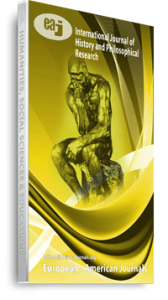Trained historians reconstruct past human actions with the aid of available pieces or fragments of evidence from available sources. These could be primary or secondary. While none is infallible or can stand on its own without recourse to the others, secondary sources are ubiquitous and more readily accessible than the others. Newspapers, journals, theses and dissertations, conference proceedings, seminar reports, books, etc are more readily available and accessible to the researcher and less cumbersome than ancillary and allied disciplines like numismatics (the collection and study of coins); epigraphy (the study and deciphering of old inscriptions); linguistics (the systematic and scientific study of language); dendrochronology (the use of tree growth rings for dating historical events and changes in the environment) and archaeology (the study of ancient cultures through remains). Although, oral information are also always almost readily available, there are instances where custodians of vital historical information, eye witnesses of or dramatis personae in events being reconstructed live hundreds of miles away from the researcher. This is not the case with secondary sources. However, just as secondary sources are prevalent so are they replete with erroneous submissions. It is for this purpose that this paper attempts to correct some of the erroneous submissions in some of the available secondary sources on Nigerian (particularly political) history. The method of data analysis employed in this paper is the historical method – simple descriptive collation and analysis of historical data.
Keywords: Nigeria, Nigerian History, Secondary Sources

